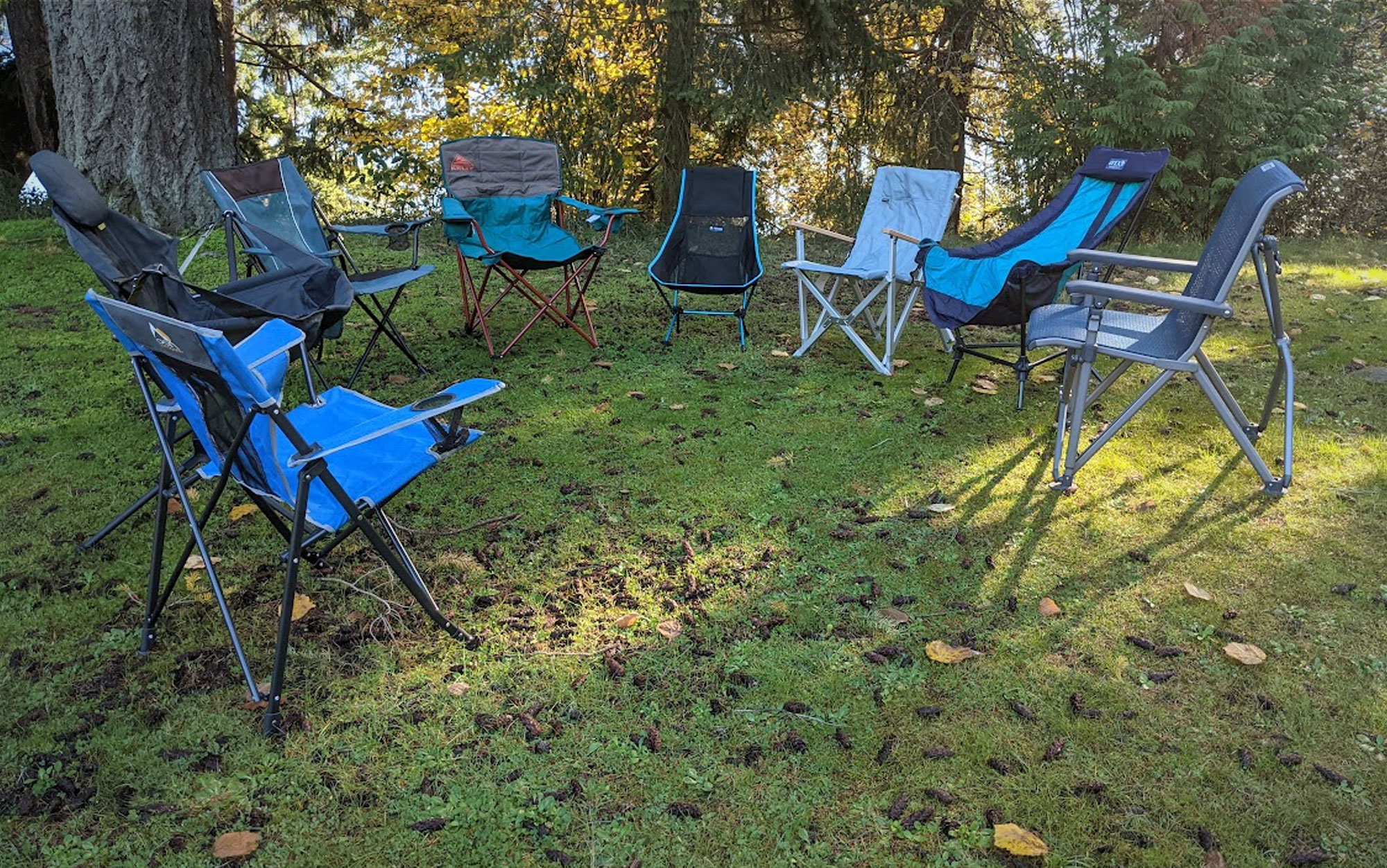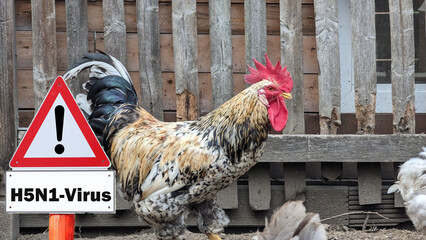15 Things You Can Scavenge from Abandoned Cars After SHTF
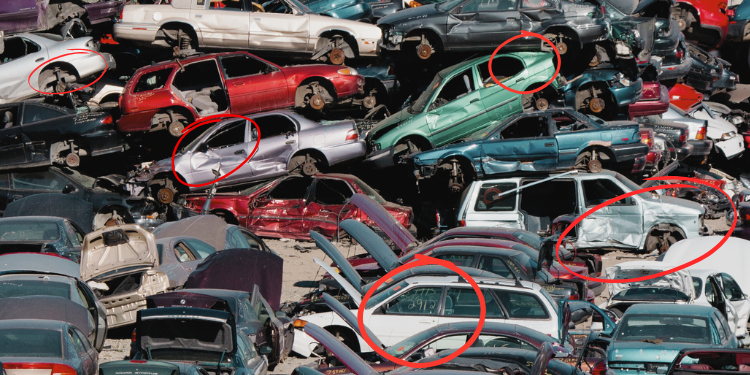
Modern vehicles are a gold mine for scavenging in SHTF scenarios beyond just looking for replacement parts for your vehicle. With over a century of innovations, technology, and a wide variety of materials, cars contain the building blocks for a plethora of crafting needs. With some tools and elbow grease, here are 15 things you can scavenge from abandoned vehicles.
Fuel
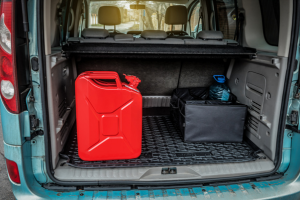 Gasoline and Diesel are easily extractible and immediately useful for fires, generators, or barter. Gasoline is also great for Molotov cocktails, especially if you can find some Styrofoam to dissolve in it.
Gasoline and Diesel are easily extractible and immediately useful for fires, generators, or barter. Gasoline is also great for Molotov cocktails, especially if you can find some Styrofoam to dissolve in it.
As a solvent, gasoline effectively removes thick grease that may be gunking up machinery or firearms. Take the whole fuel tank for ready-made fuel storage. Something else you can do is to turn your garbage into fuel. You can find the full instructions here.
Batteries
Car batteries can be essential to your shelter’s energy needs. These batteries hold a charge for a long time, making them useful for futureproofing your energy needs. Even if you do not want to lug one around, you can use it with proper connectors to immediately charge your devices.
Batteries also make good charge sources for electric fencing, which can help keep livestock in or ward off predator animals. The same concept can be applied to metal doors to deter intruders. Other great ideas to deter looters I found in this course developed by an ex Navy-SEAL.
Alternator
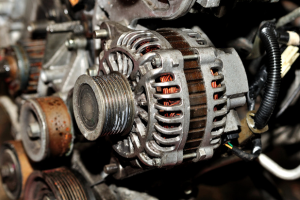 A battery is much less useful without a charge. Luckily, all the components needed to charge one are included within a vehicle. Snag the alternator and associated wiring so you can charge the batteries manually. This setup can also be attached to a water or windmill to make a passive generator.
A battery is much less useful without a charge. Luckily, all the components needed to charge one are included within a vehicle. Snag the alternator and associated wiring so you can charge the batteries manually. This setup can also be attached to a water or windmill to make a passive generator.
Motor Oil
Motor oil can lubricate any tools or machines you have and is also effective at preventing rust. If soaked into wood, motor oil provides a moisture boundary that will help ward off rot and prolong the life of your shelter.
If you run out of gun oil, motor oil can be used as a substitute. Just try to find the cleanest motor oil so you avoid introducing engine metal shavings into the action of your firearm.
Metal Body Panels
Most car bodies are made of aluminum or steel. Both metals are useful for crafting weapons, armor, shelters, and more. Large panels, like the hood, make these parts good for reflecting heat, roofing, walls, tables, and fortifications against intrusion. They will not offer much protection against bullets but can dramatically slow down forced entry attempts.
Upholstery
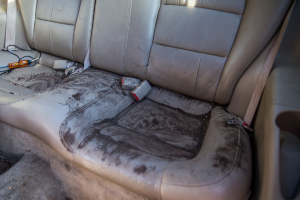 The seat can be removed entirely to make comfortable chairs in your shelter. Seat foam can be used to make bedding or pack padding and will make an effective thermal insulator for your shelter or clothes. The fabric can be used to patch your clothing or to craft with.
The seat can be removed entirely to make comfortable chairs in your shelter. Seat foam can be used to make bedding or pack padding and will make an effective thermal insulator for your shelter or clothes. The fabric can be used to patch your clothing or to craft with.
Mirrors
 Side or rearview mirrors can be used for signaling and discrete observation around corners. Multiple mirrors can be fastened into a periscope or to concentrate solar heat.
Side or rearview mirrors can be used for signaling and discrete observation around corners. Multiple mirrors can be fastened into a periscope or to concentrate solar heat.
Good hygiene becomes even more important in SHTF scenarios, where a single infection could be your downfall.
Related: Getting Aluminum From Aluminum Cans for Survival
Having a small mirror will make it easier for you to inspect your head and face and allow you to treat any wounds more effectively.
Wiring Harness
Being densely packed with multiple gauges of electrical wire, wiring harnesses can be used to repair electronics, and the wires themselves make good fasteners. If you can get the full length of the wiring harness out, snares and traps can be made with the individual strands. When kept together, a full harness can act as a rope capable of holding somewhat heavy loads.
Headlights and Taillights
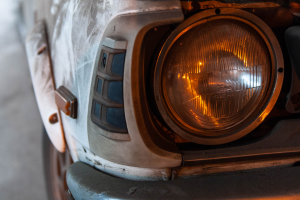 Headlights can be fixed inside shelters for lighting and as a space heater, or outside as a spotlight. LED headlights can be wired to a battery to provide long-lasting light for your shelter without producing much heat, which would be better in already hot environments.
Headlights can be fixed inside shelters for lighting and as a space heater, or outside as a spotlight. LED headlights can be wired to a battery to provide long-lasting light for your shelter without producing much heat, which would be better in already hot environments.
Taillights have red plastic shrouds that make them more useful for discrete signaling or low-light visibility without drawing too much attention.
Seat Belts
Being made to withstand high-speed crashes, seatbelts make excellent straps or cordage for shelters. They are broad and strong, which makes them effective as improvised tourniquets that will not dig into the skin. The buckles can be repurposed to act as quick disconnects for your gear or anything you need to quickly free. The straps are also useful as heavy-duty reinforcement that can be sewn into bags or protective covers.
Air Filters
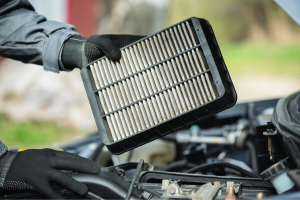 Water filtration can be made much easier with an air filter. It will not filter everything, but it will be a decent pre-treatment to remove most of the larger particles from the water.
Water filtration can be made much easier with an air filter. It will not filter everything, but it will be a decent pre-treatment to remove most of the larger particles from the water.
Some automotive air filters are designed to be washed and reused, making them durable and effective filters for the long term.
Related: 7 EMP-Proof Cars That You Can Buy for Less Than $2000
In environments with airborne contaminations, the air filters can be repurposed as a breathing mask, though they will be less effective than an N-95 respirator or gas mask and not very suitable against pathogens.
Wheel Rims
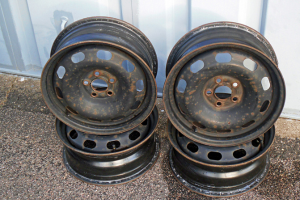 The rims of a car can be used as a grill for cooking. They make a good fire ring, and the spokes are ready to rest pots and pans on. This would be a great place to cook some of the recipes that got people through the Great Depression.
The rims of a car can be used as a grill for cooking. They make a good fire ring, and the spokes are ready to rest pots and pans on. This would be a great place to cook some of the recipes that got people through the Great Depression.
The rim will also help radiate heat outwards while obscuring the flames from observation. If packed with burning coal, it will provide warmth all night.
Spark Plugs
Spark plugs are small and can be crafted into detonators for homemade explosives. Their ceramic tip also makes them very effective and portable glass breakers.
Wheel and Axle
Intact wheels with inflated tires and detachable axles make for the foundation of a great cart. Combine this with the bed of a truck or another container and you will have a heavy-duty cart capable of carrying most of your gear. The large rubber tires are ideal for quiet movement and off-road capability.
Shell and Bed
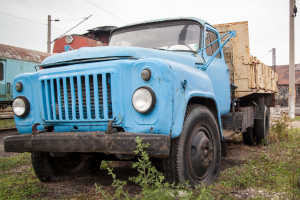 Beds of trucks and their shells can be removed to create a shelter. They are already weather-resistant and structurally sound.
Beds of trucks and their shells can be removed to create a shelter. They are already weather-resistant and structurally sound.
If partially buried into a hillside, you can craft a discrete shelter that is protected on almost all sides and easily camouflaged.
In SHTF scenarios, abandoned vehicles are far more useful than just as a means of transportation. They contain materials that can make a difference in a survival situation, and we did not even begin to discuss any consumer items that could be found within the car, like a first aid kit. So, if you find an abandoned car in a SHTF scenario, get those scavenging tools ready and boost your survival chances.
Did we miss anything? What are some more useful items that can be scavenged from abandoned vehicles?
You may also like:
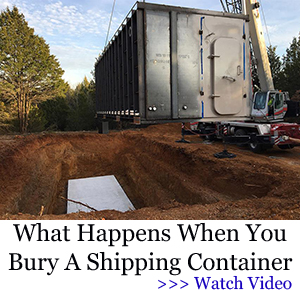 What To Do When Stores Run Out Of Guns And Ammo
What To Do When Stores Run Out Of Guns And Ammo
Household Items You Need to Stock Up on Before SHTF (Video)
How To Build Self-Watering Raised Garden Beds
14 Powerful Natural Remedies For A Sinus Infection
DIY Beehive in a Jar
Read the full article here





